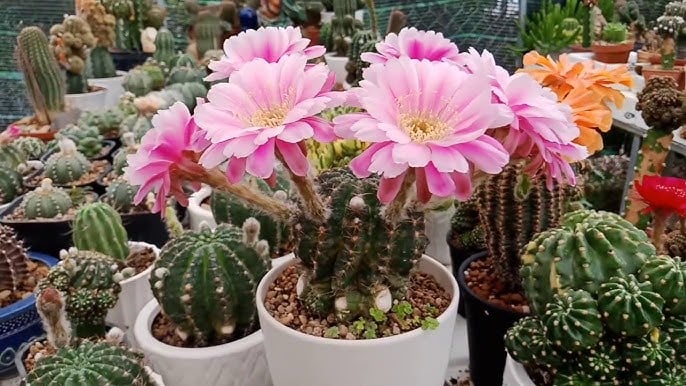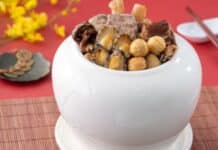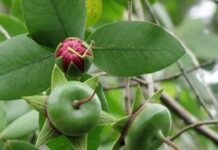First, the bamboo tree
The bamboo tree is deeply rooted in Vietnamese culture and symbolism. It represents the virtues of integrity, resilience, and simplicity that are cherished by the people of Vietnam. Bamboo is intimately associated with rural life and stories of endurance.
However, it is a rare occurrence for bamboo to flower. Some species only bloom once every few decades or even centuries. And tragically, soon after flowering, the bamboo withers and dies. Thus, in folk belief, when a bamboo tree near a home flowers, it is seen as an omen of impending doom, foretelling sickness, loss, or misfortune for the family.
Furthermore, history bears witness to instances when bamboo trees flowered en masse, coinciding with natural disasters and widespread famine and disease. This has only added to the apprehension surrounding bamboo flowering among the populace.

Second, the snake plant
The snake plant, or mother-in-law’s tongue, is a popular houseplant in feng shui, believed to ward off negative energy. Typically, this plant rarely flowers when kept indoors, as it requires very specific natural conditions to stimulate blooming.
However, according to folklore, if a snake plant suddenly flowers, especially at night, it is considered an ill omen. Such an event is thought to herald conflict, discord within families, and disharmony in social and work relationships.
Additionally, the subtle fragrance of the snake plant’s flowers carries a hint of gloom, adding to the unease surrounding this phenomenon.
Third, the cactus
Cacti are beloved houseplants, yet they rarely flower when kept indoors. In folk belief, a blooming cactus is an unfortunate omen. While the cactus flower is beautiful, it is associated with loneliness and chill. Thus, its sudden flowering is seen as a harbinger of unexpected challenges and upheavals in one’s work and family life.

Fourth, the banyan and fig trees
The banyan and fig trees are widespread across Vietnam, but they are also deeply feared if they flower within a household’s premises. These trees are considered sacred, often growing near spiritual sites like temples and shrines.
It is believed that spirits dwell within the banyan tree, and thus, when they flower, it is seen as a sign of impending turmoil, sickness, or mysterious occurrences. As such, it is advisable not to plant these trees too close to one’s home.
The Best 3 Drinks for Your Snake Plant: Watch it Thrive with These Affordable Liquids
Introducing the three magic elixirs that will transform your Snake Plant into a vibrant and lush masterpiece! With these potent potions, your plant will flourish like never before, sprouting new shoots and boasting thick, green leaves. Even the oldest of Snake Plants will be infused with a renewed vitality. Uncover the secrets to this botanical wonder and watch your plant thrive!



































